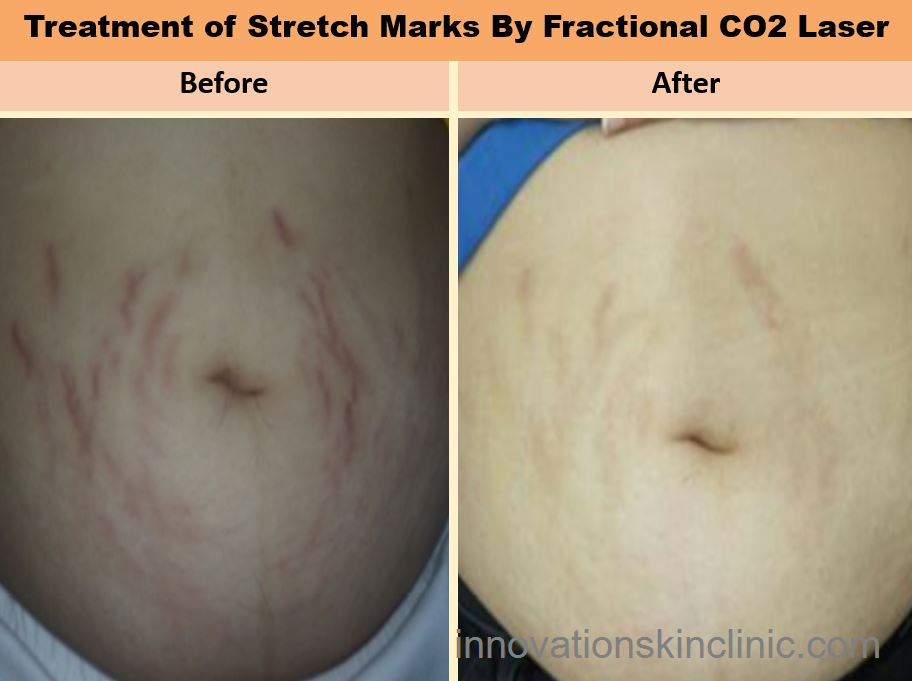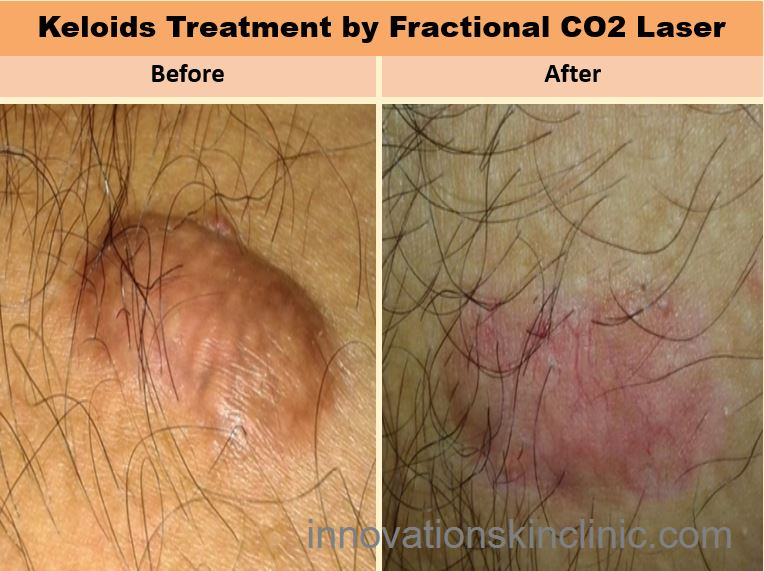Acne Vulgaris, commonly known as Pimples, is usually seen in adolescents and young adults. It is more frequently seen on face but can be present on chest, back and shoulders. Hormonal surge around puberty, unhealthy high calorie diet can be common factors responsible. Certain drugs can also be responsible for acne. If persistent, underlying hormonal imbalance (PCOD in females) should be rules out. Mild grade of acne can be treated with topical medications and dietary modifications. Moderate grade and severe grade acne (large painful pimples) may be associated with squeal like pigmentations (dark spots) and scars and hence need oral treatment in addition. If treated early the incidence of dark spots and scars can be reduced significantly.
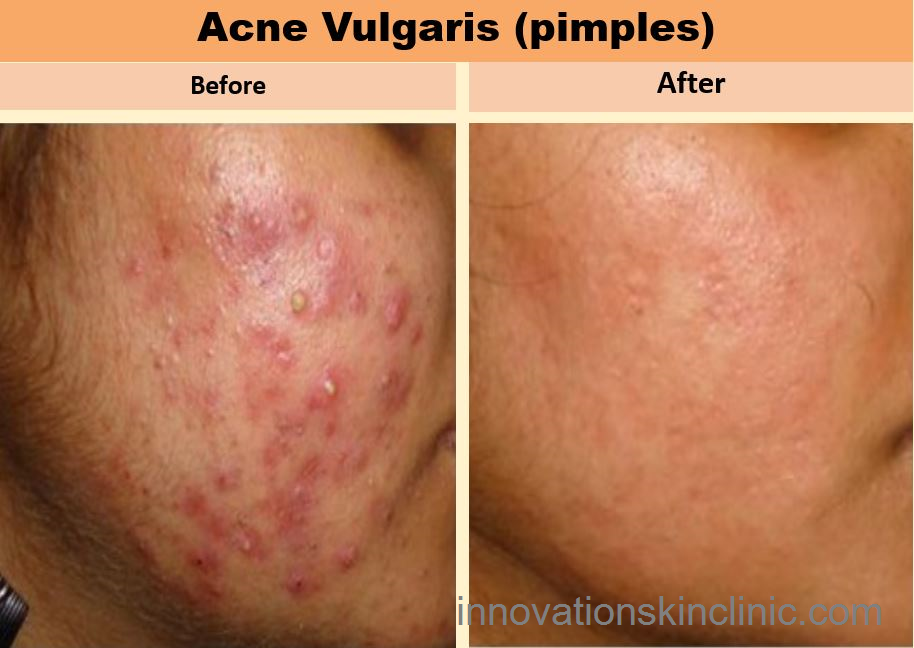
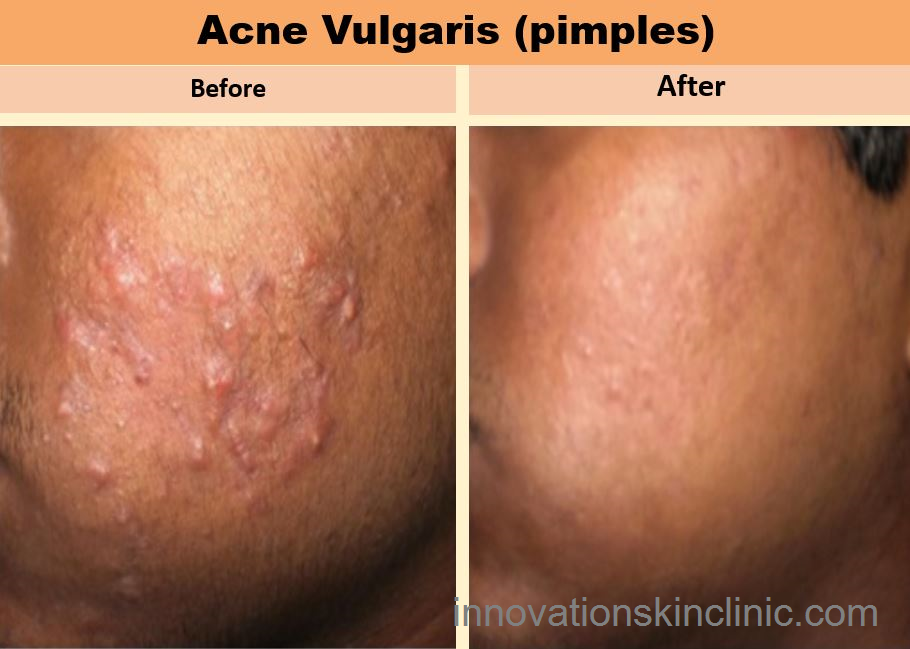
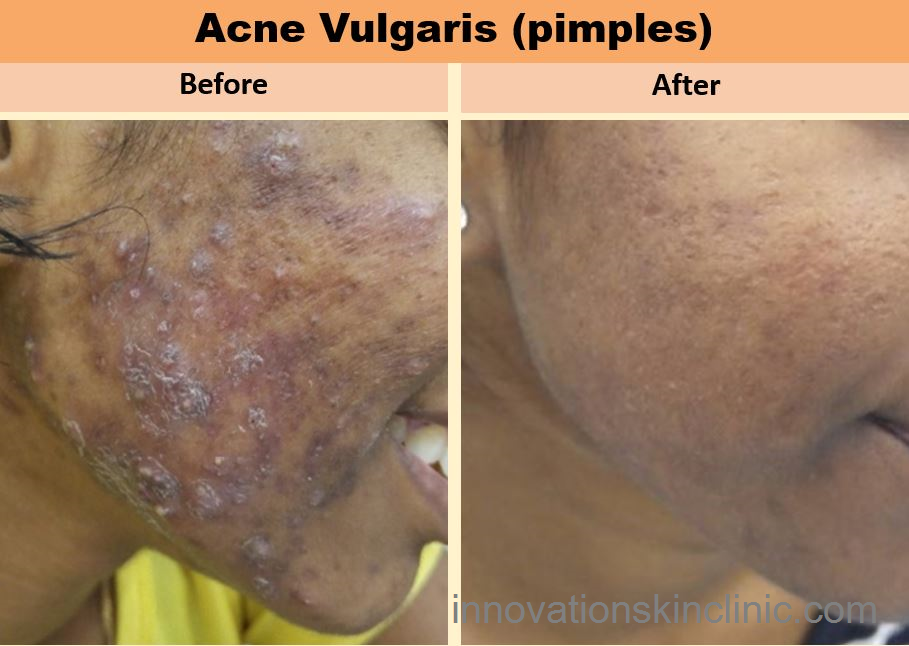
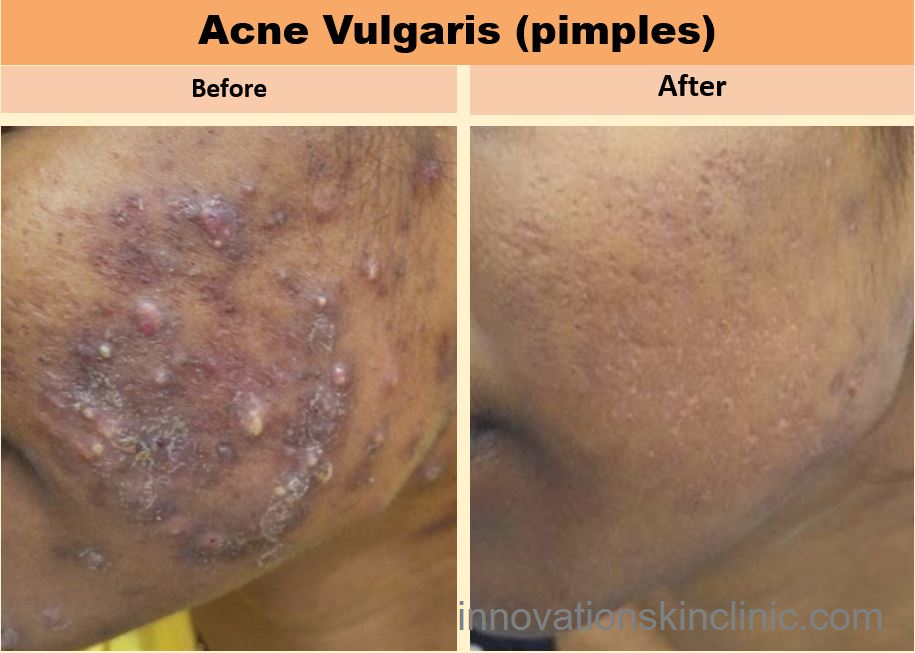
Treatment of acne
- Medical treatment
- Peels: salicylic Mandelic peel, glycolic acid peel, yellow peel
- Lasers: Q switch Nd: YAG laser,
- Acne pigmentation & scars: Peels (CROS TCA), Q switch Nd: YAG laser, Fractional Co2 laser, Microneedling & Microneedling Radiofrequency, Platelet rich plasma therapy
Hyperpigmentation or darkness of skin commonly known as pigmentation. It can be due to multiple factors. Pre-existing skin conditions can heal with darkness. Sun exposure, hormonal factors, autoimmune conditions, medications and use of cosmetic products can be other factors responsible for tis causation. Common Pigmentation disorders include post-inflammatory hyperpigmentation, Melasma, pigmented contact dermatitis, lichen planus pigmentosus and drug induced.
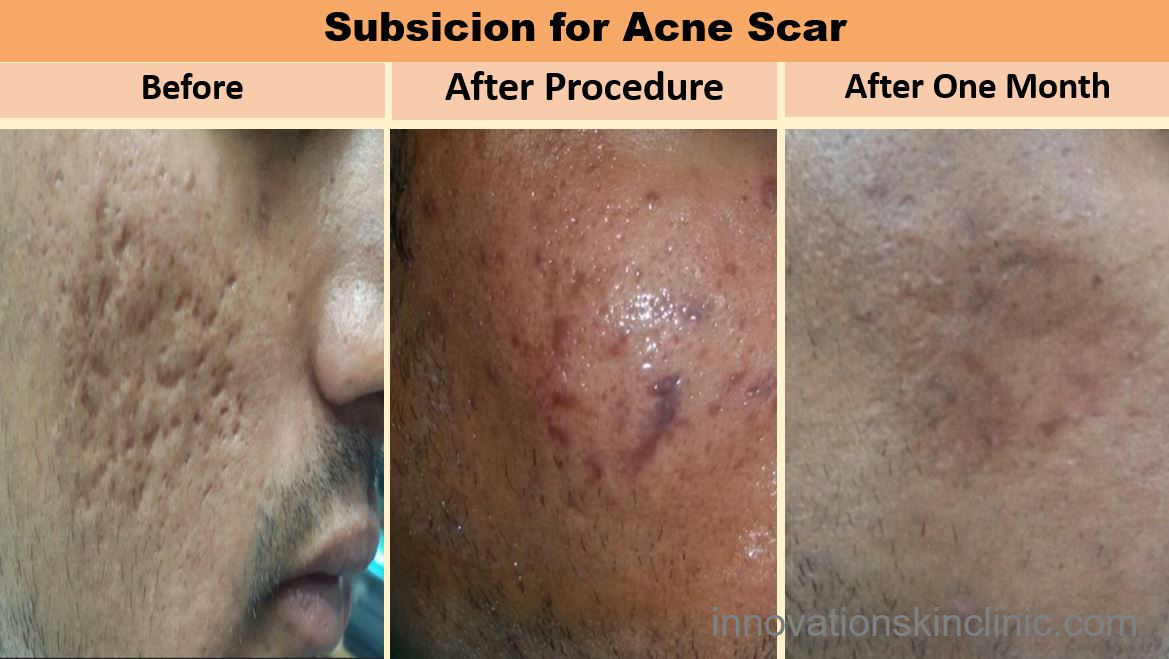
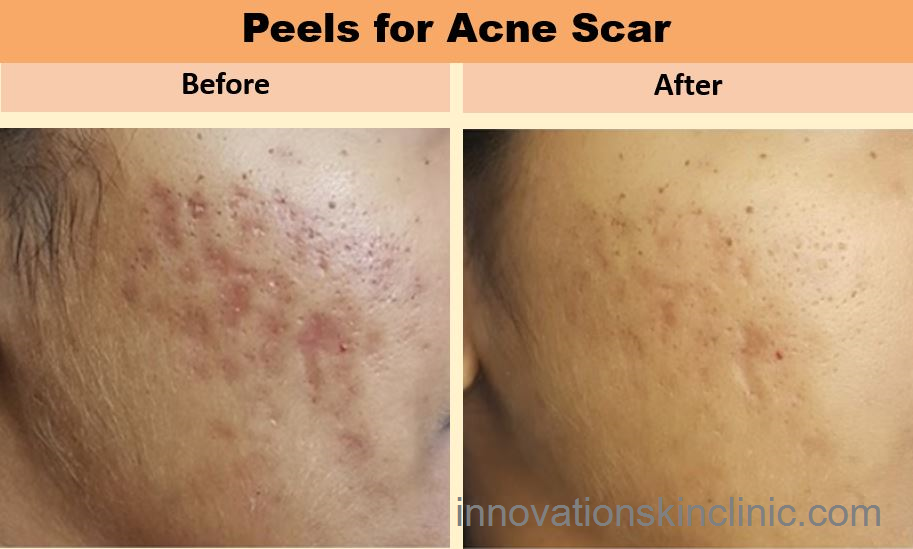
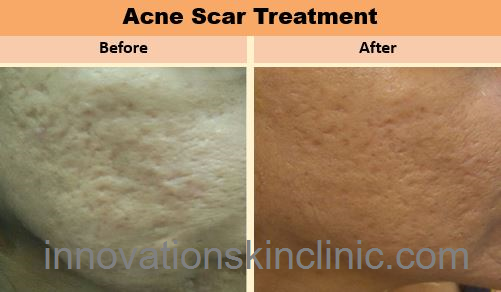
Treatment
- Medical treatment
- Peels: salicylic Mandelic peel, glycolic acid peel, yellow peel Trichloroacetic acid peel
- Lasers: Q switch Nd: YAG laser (532nm, 1064 nm), Fractional Co2 laser
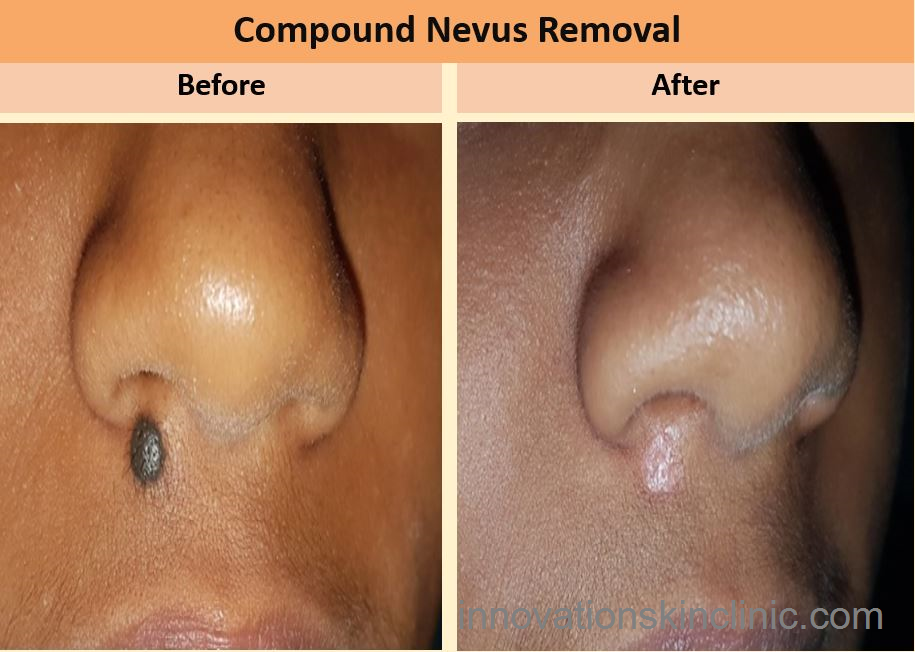
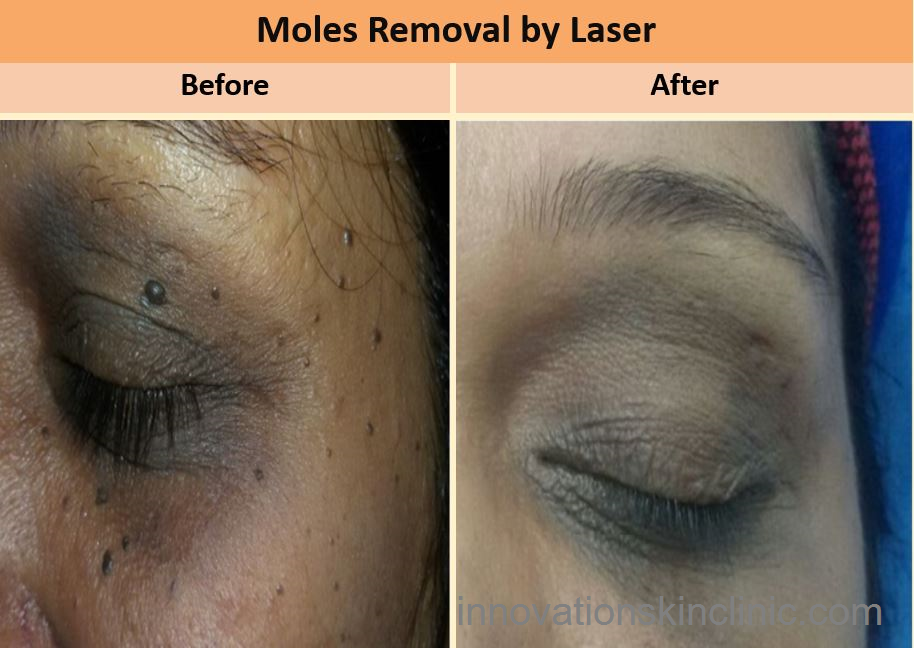
Non-surgical methods include
- Injections of deoxycholic acid i.e. a new fat-dissolving, injectable drug. It causes destruction of fat cells. Once destroyed, those cells cannot store or accumulate fat. After reaching the desired aesthetic of the patient, further treatment is not expected. One of the biggest advantages of this procedure is there is very little to no downtime after the injection. Most patients can return to their daily activity level following the treatment. Mild bruising and swelling is seen after procedure. It can be done without the need for anaesthesia. Fat reduction occurs over a series of treatments. Patients may require 5-6 treatments which are spaced 4-6 weeks apart.
- Cryolipolysis:It selectively destroys fat cells with controlled cold exposure to effect a gradual reduction of the subcutaneous fat layer.Sequential treatments in the central submental area shows visible fat reduction
- RF-assisted contouring: Radiofrequency (RF) technology causes deep heating to adipose tissue for body sculpting and fat reduction. It has been used in Submental fat reduction. The submental circumference and thickness show significant reduction after treatments. Treatment needs to repeated at frequent intervals to achieve the desired results. Procedure is very comfortable, pain free with no significant adverse effects.
- Combination treatments: above mentioned modalities can be combined to achieve desired effect.
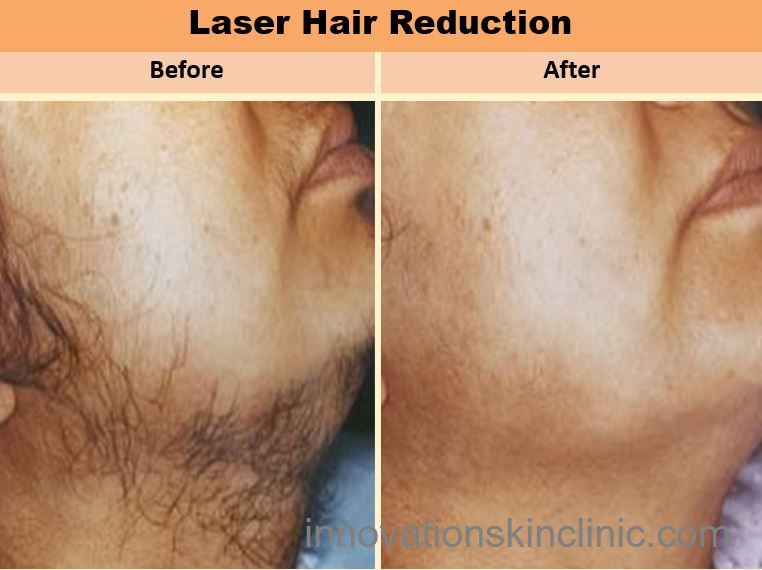
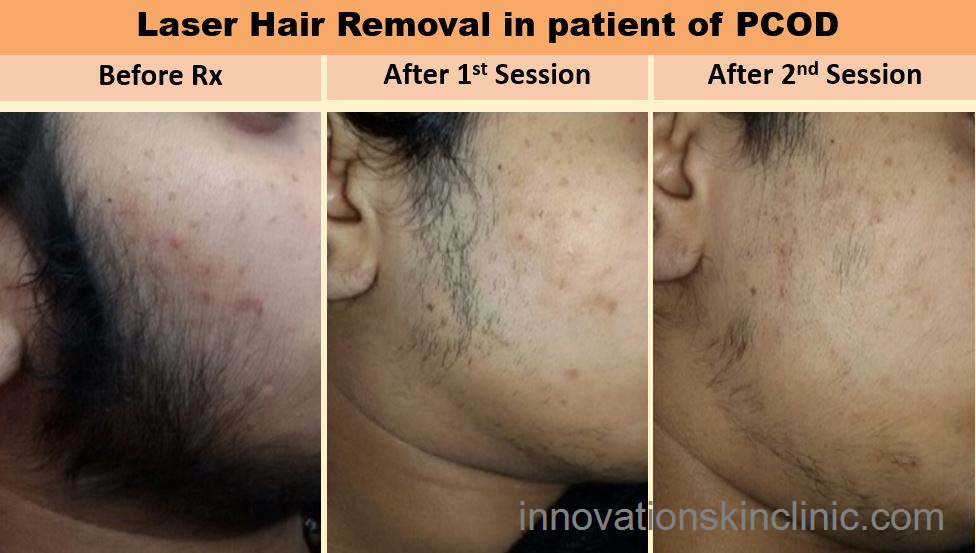
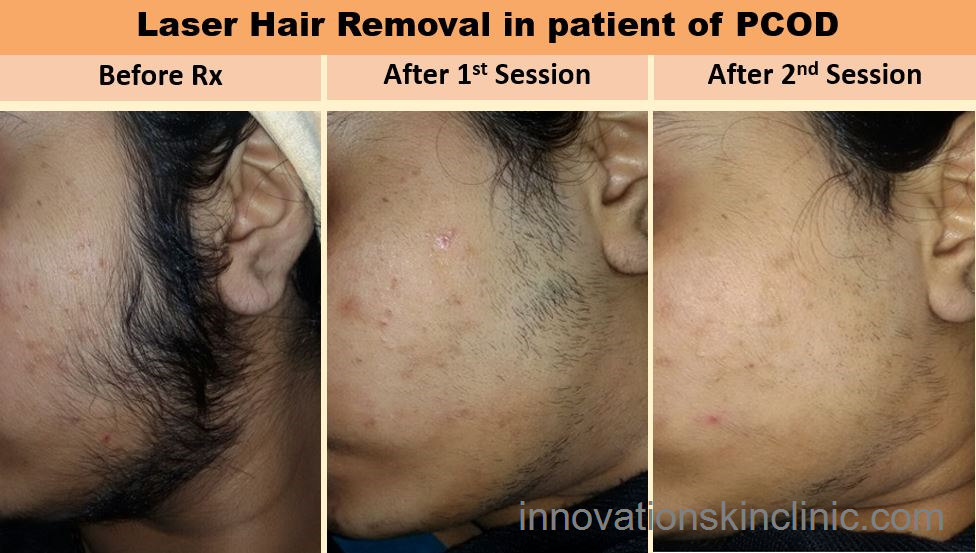
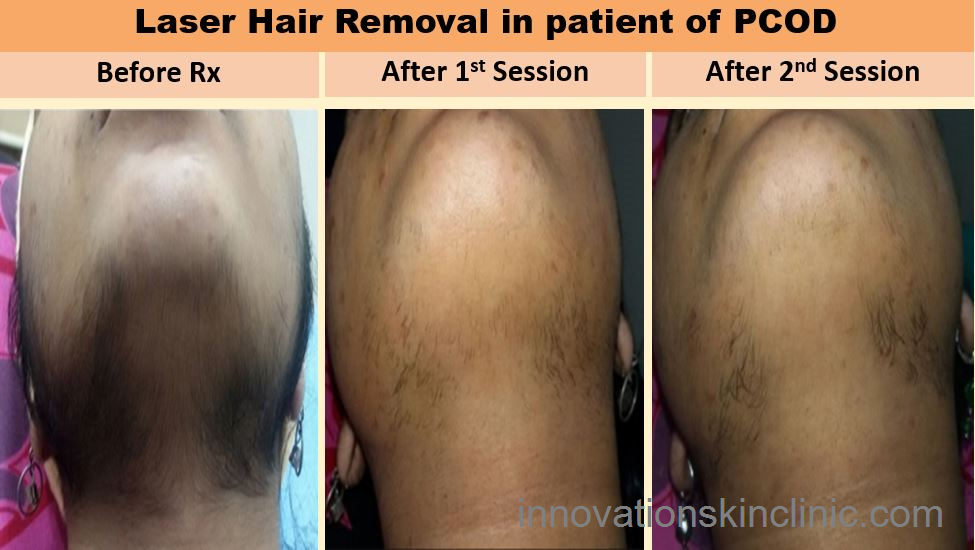
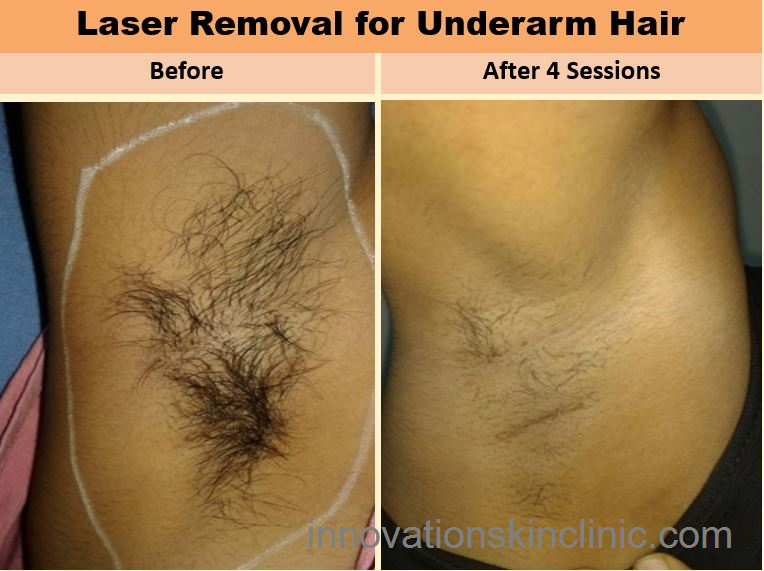


Additional Advantages
- Improvement in Skin Tone & Texture
- Pore size reduction
- Wrinkle reduction
- Lifting & Tightening of the skin
- Full Resurfacing of the face
- Improvement in Complexion
Fractional Co2 laser shows remarkable improvement in stretch marks. Combining treatment with Microneedling RF and tripolar RF therapy leads to additional tightening of the lax skin.
Common causes include
- Pregnancy – abdomen & breasts
- Body builders- shoulders
- Puberty – growth spurt
- Rapid weight gain or weight loss
- Prolonged use of topical corticosteroids, Cushing’s syndrome
- Genetic factors
- Acne Scars: usually seen as a consequence of inflammatory acne lesions. Scars caused by acne can be pitted, rolling or boxcar scar. All these scars can be treated by combination of procedures like Subcision, CROS TCA, Microneedling, Microneedling Radiofrequency,Fractional carbon dioxide laser, Platelet Rich Plasma therapy (PRP)
- Traumatic Scars: usually follow an accidental trauma, deep cuts and injuries which are not sutured appropriately. These scars can be treated by procedures like Subcision, Microneedling, Microneedling Radiofrequency, Fractional carbon dioxide laser, Platelet Rich Plasma therapy (PRP)
- Keloids & Hypertrophic Scars: abnormal wound healing responses seen at the site of previous injury, surgery or inflammatory disease. Hypertrophic scars are usually localized to area of injury wjile keloids extend irregularly beyond the injury site. Both the conditions can be associated with itching, pain, stretching sensations.Keloid is more commonly associated with these symptoms.Both can be effectively treated with fractional carbon dioxide laser followed by intralesional injections.
- Burn scars: Burns scars can cause contractures and can affect the mobility if they occur over joints. Fractional carbon dioxide laser therapy improves the texture of the thick scars and improve the mobility. Increased hyperpigmentation and textural changes in the burn scars can also be gradually corrected to certain extent by peels.
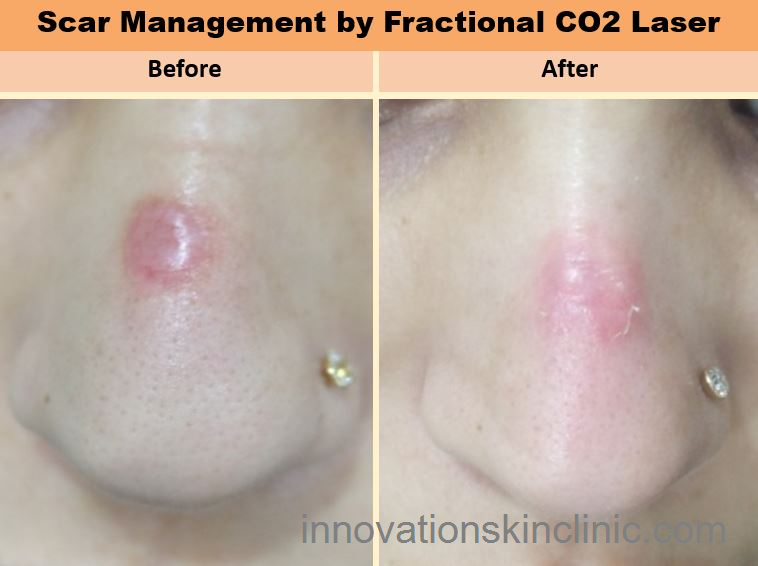
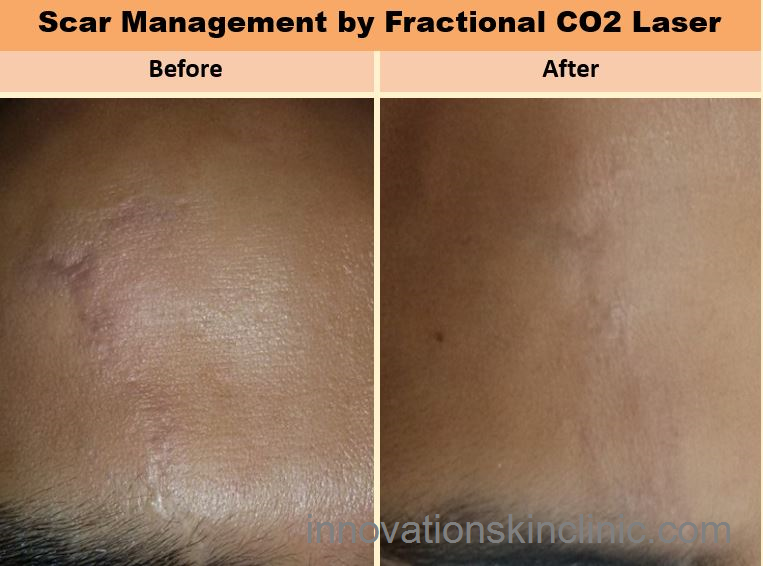
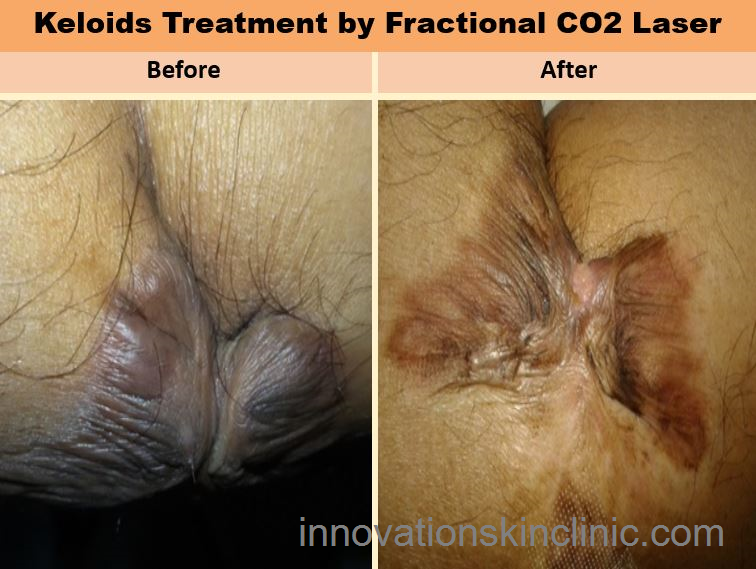
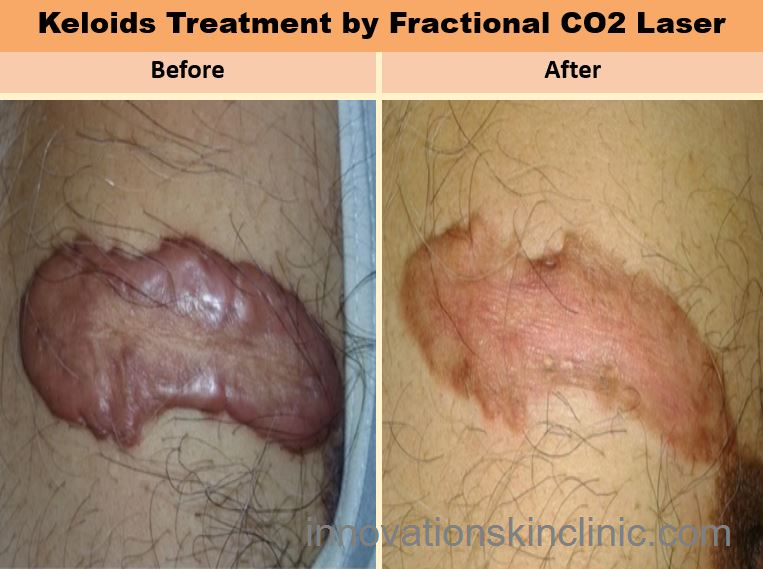
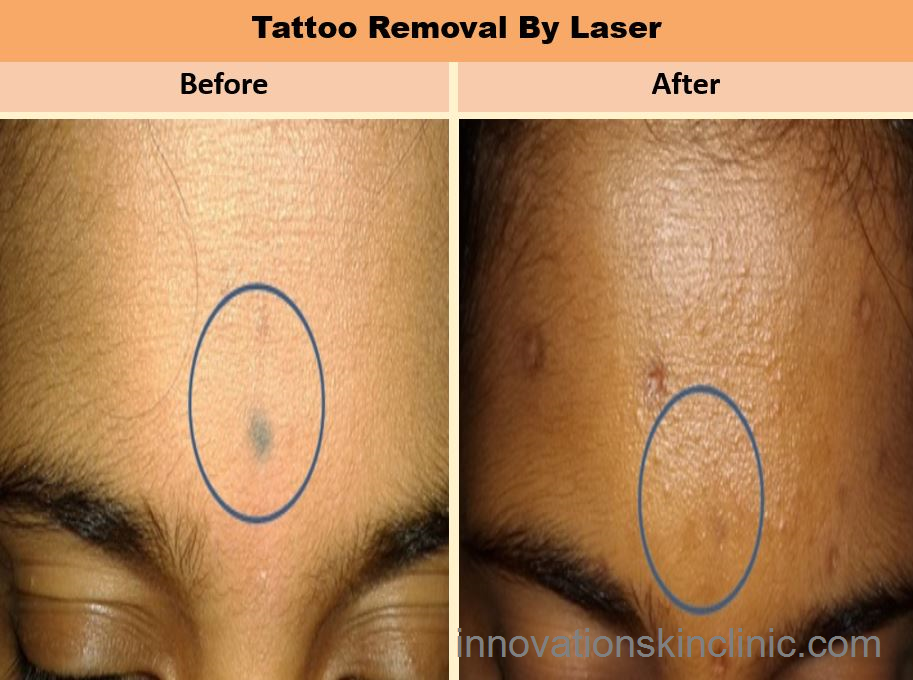
Radiofrequency is an electromagnetic wave that is extensively used for body contouring, skin tightening and cellulite reduction. RF is a safe and relatively effective method for improving skin appearance and decreasing subcutaneous fat, especially in the abdomen and thighs.
Radiofrequency is commonly used for increasing deeper skin temperature without damaging epidermis & dermis. It is not only used as an efficient method for contracting or inducing skin tightening but also as an effective method for reducing fat in repetition.
It is commonly used for treatment of
- Double Chin and Facial Tightening
- Tummy Fat and Love handles
- Arm Fat
- Thigh Fat
- Bra Fat
- Buttock Fat
- Loose skin/tummy after childbirth & Stretch Marks : Radiofrequency technology, a non-surgical skin tightening procedure which works by stimulating the production of new collagen and elastin in the skin, restoring lost elasticity and vitality. It can be combined with fractional carbon dioxide laser or Microneedling radiofrequency.
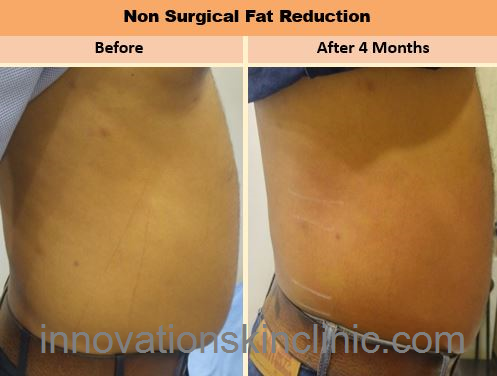
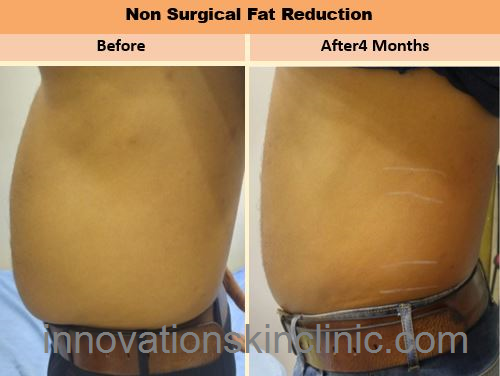
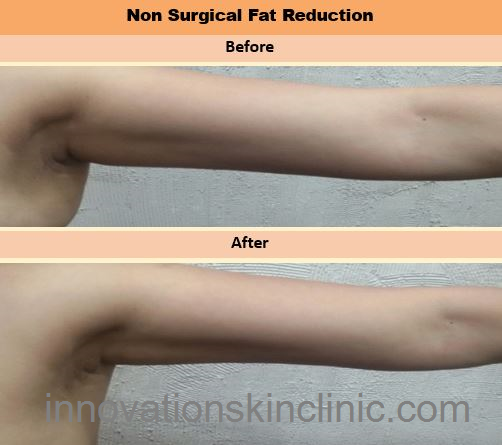
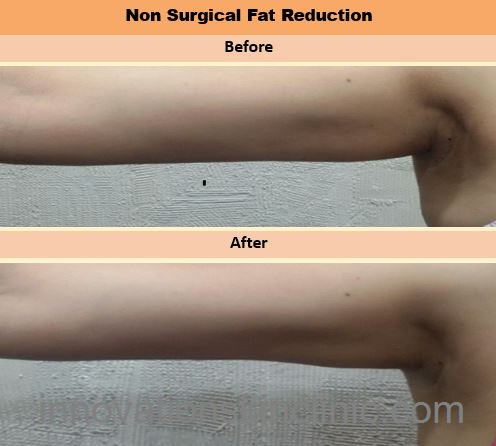
It is commonly used for the treatment of fine lines, enlarged pores, wrinkles, acne scars, skin tightening and stretch marks. It encourages collagen growth and tissue tightening at a required level in the skin. The procedure has little to no downtime. Usually the procedure is well tolerated and performed under topical anaesthesia. It greatly improves wrinkling, scars, and skin laxity.



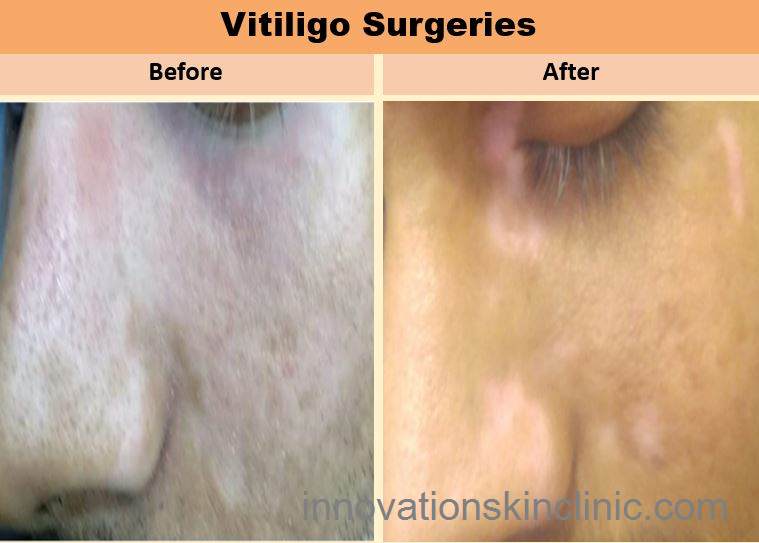
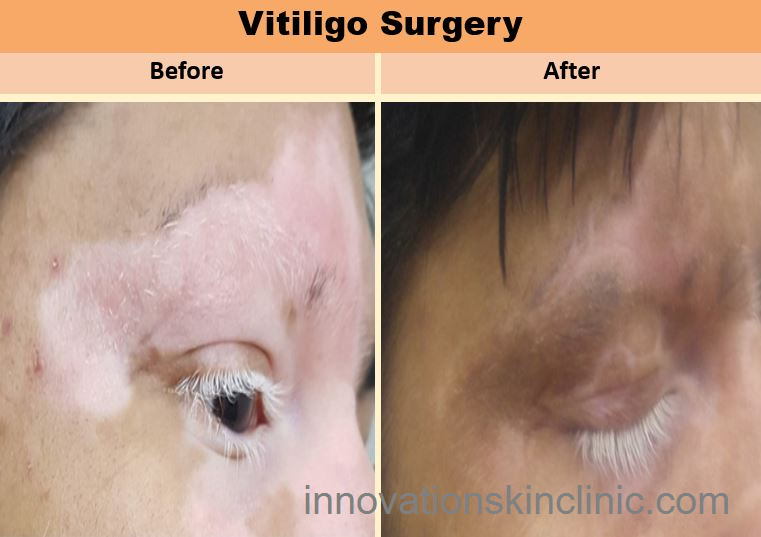
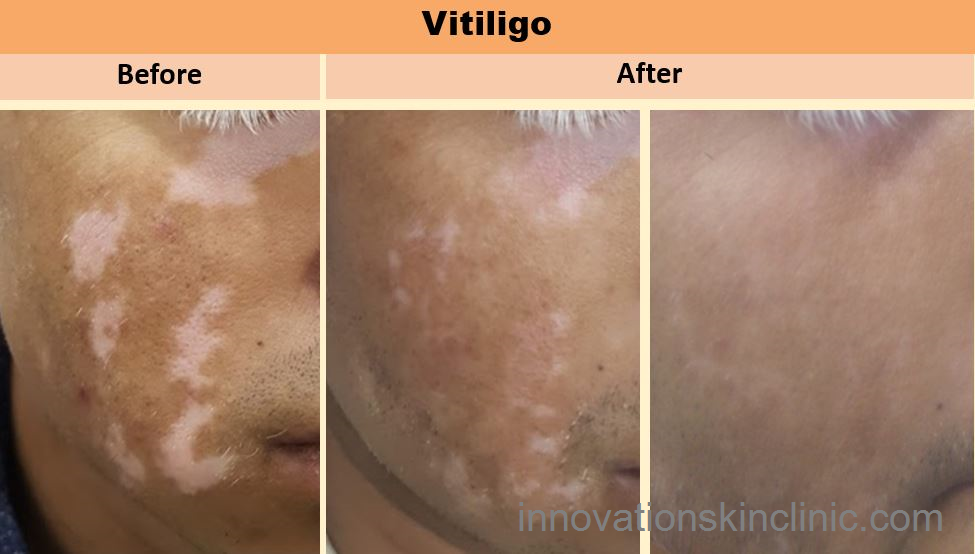
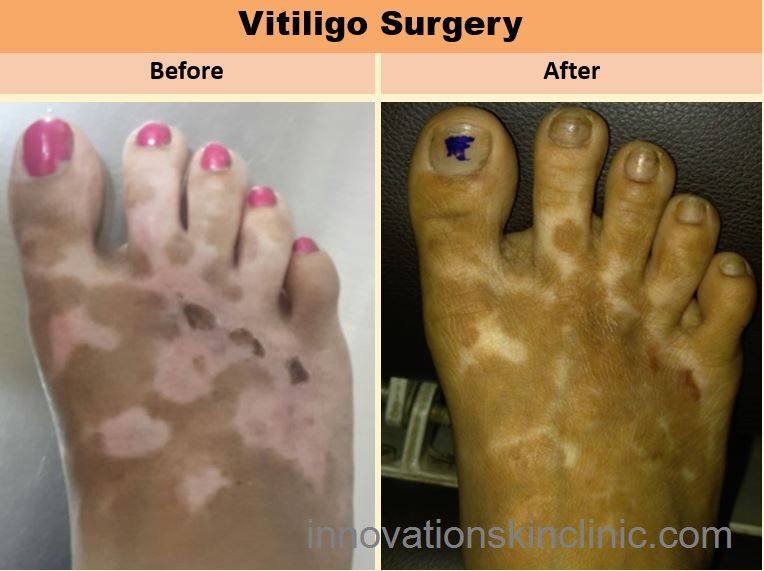


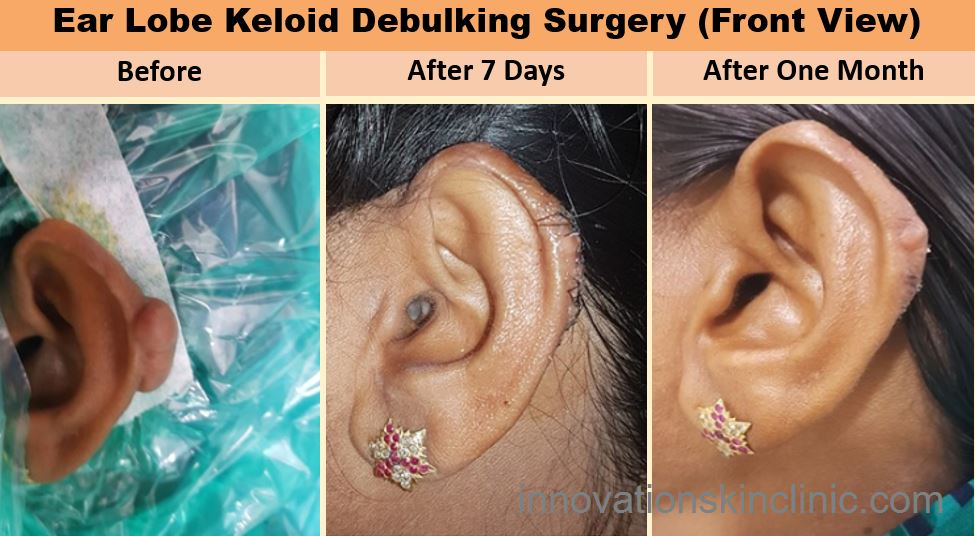
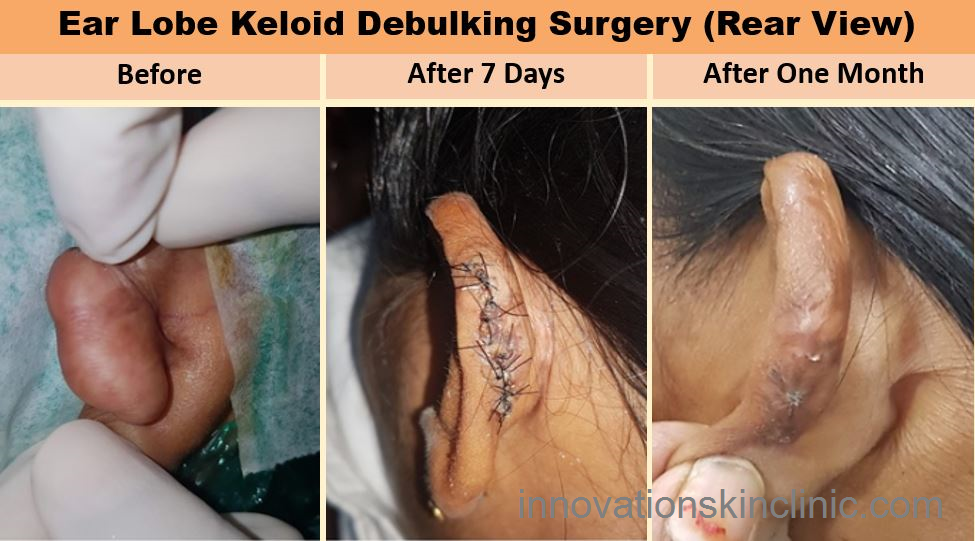
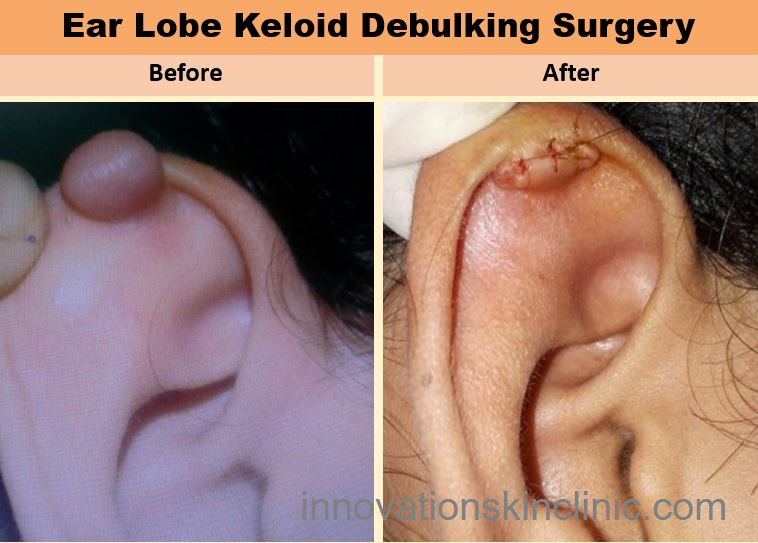

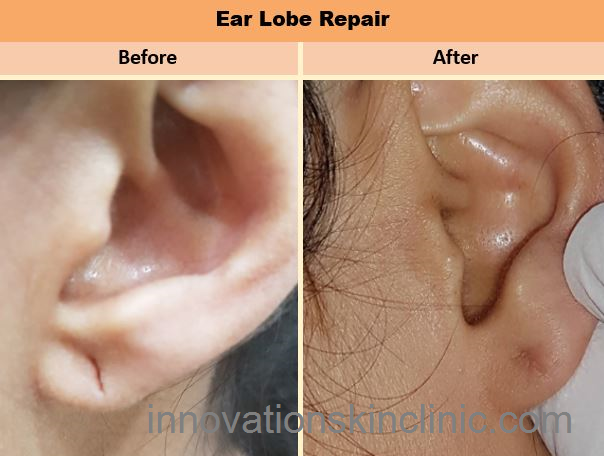
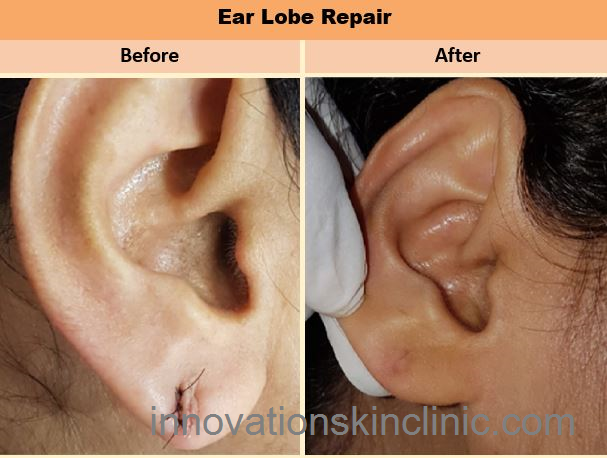
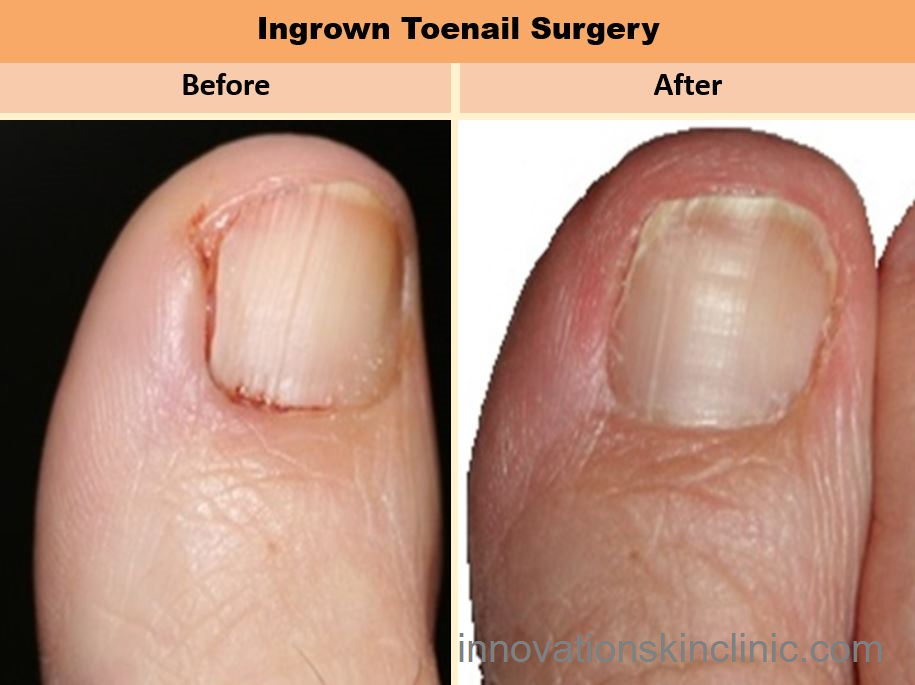
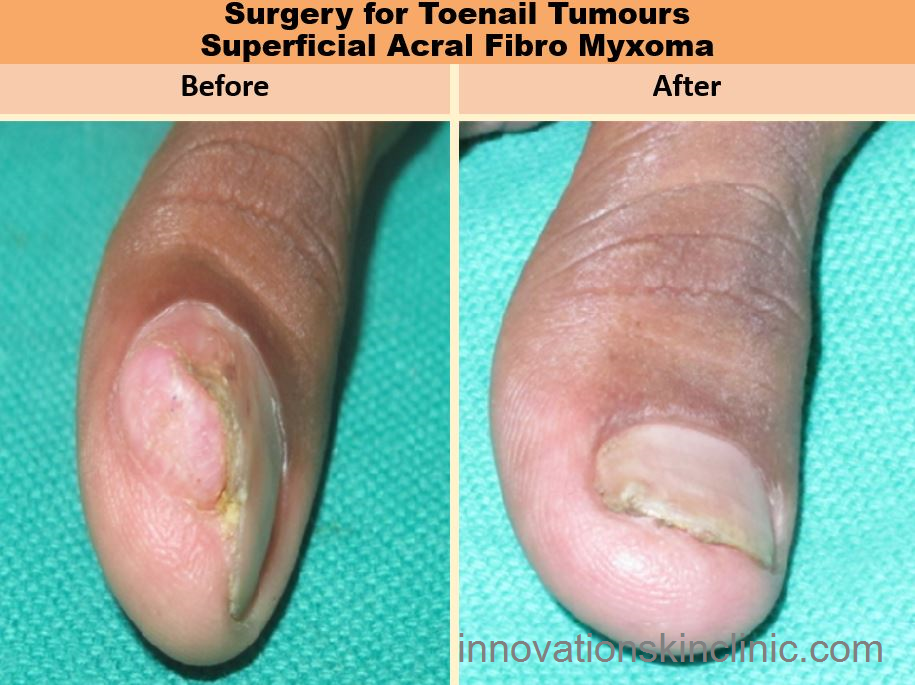
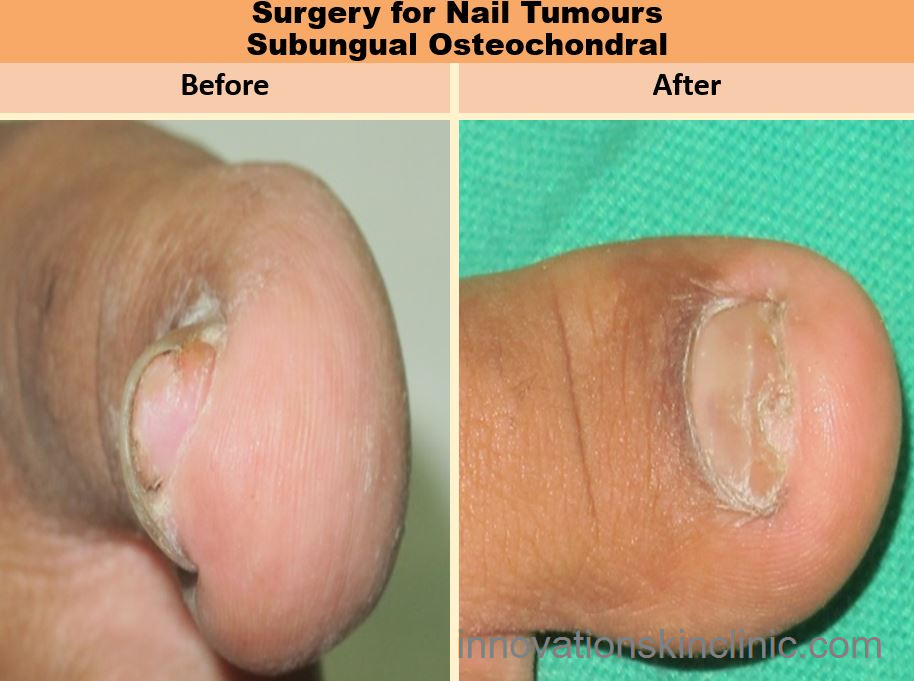
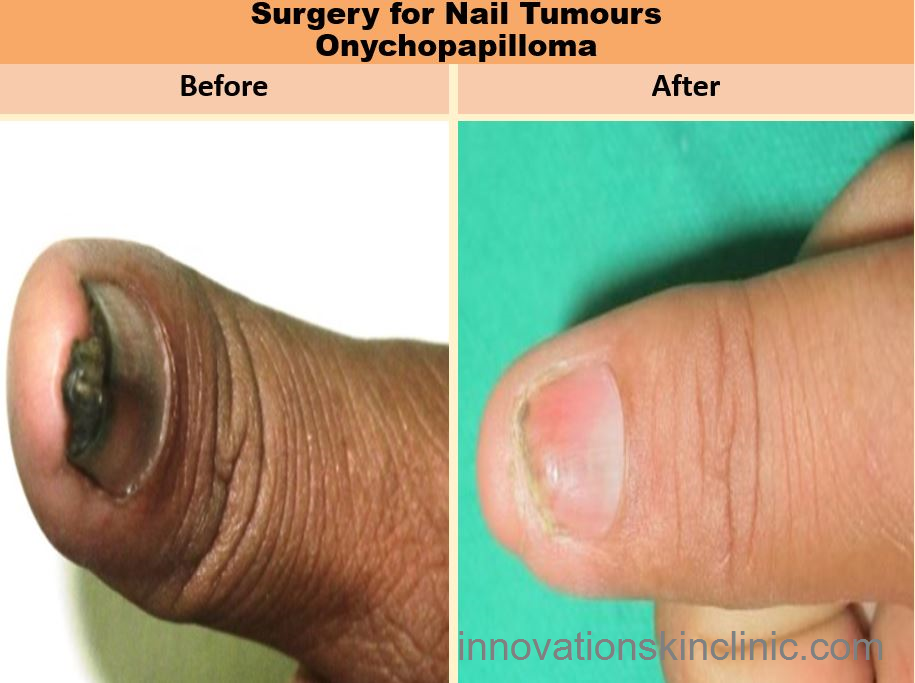


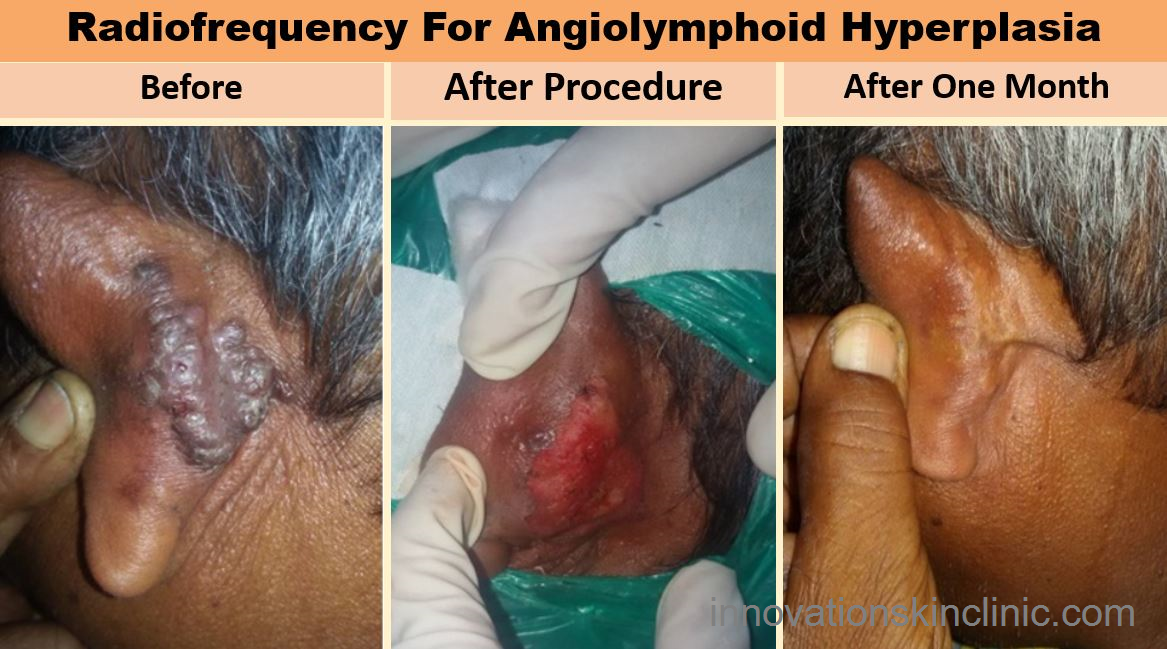

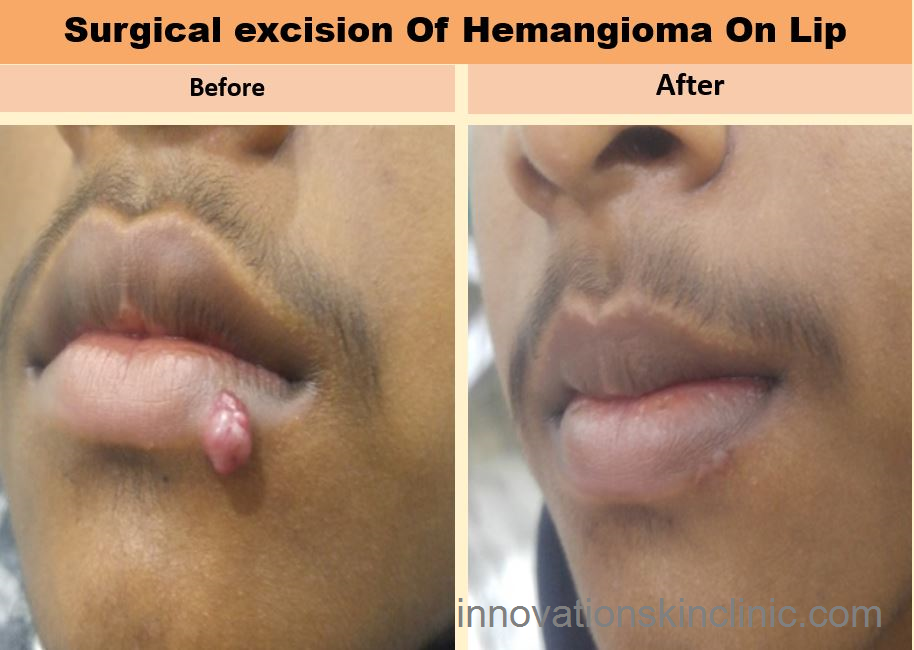
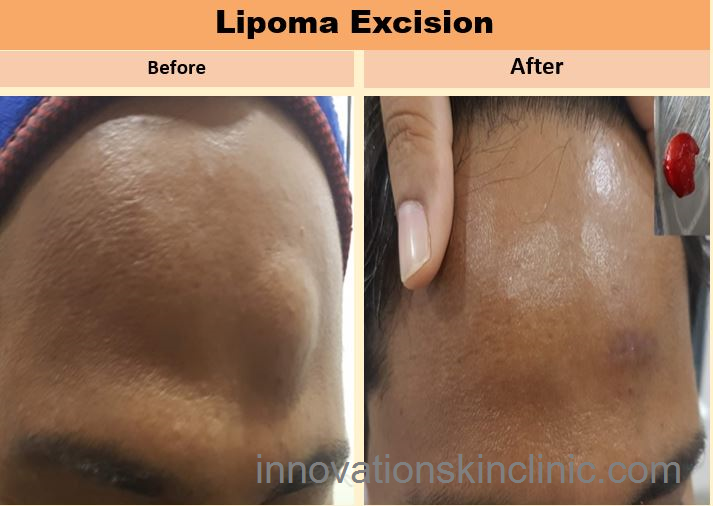
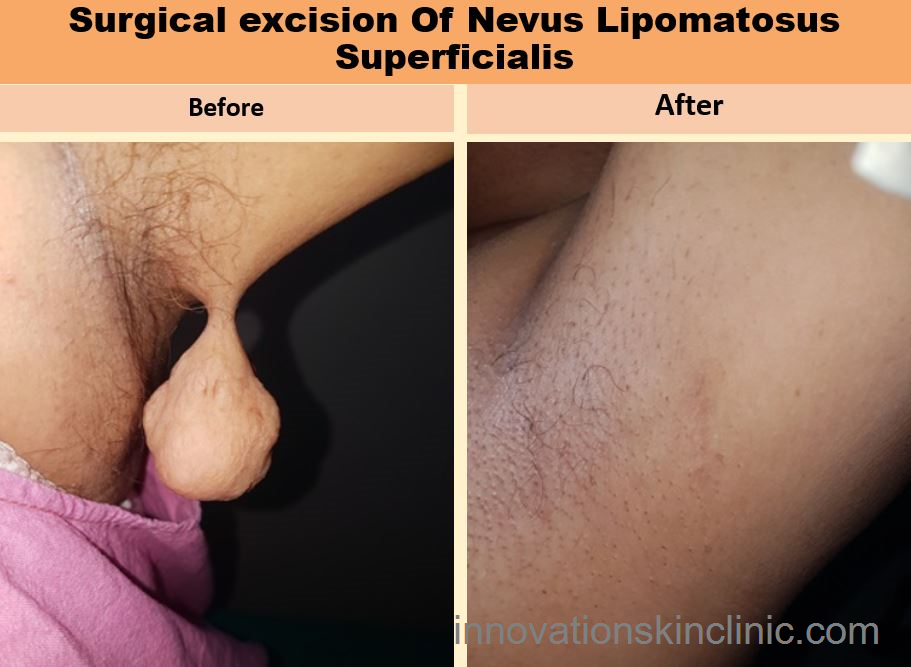
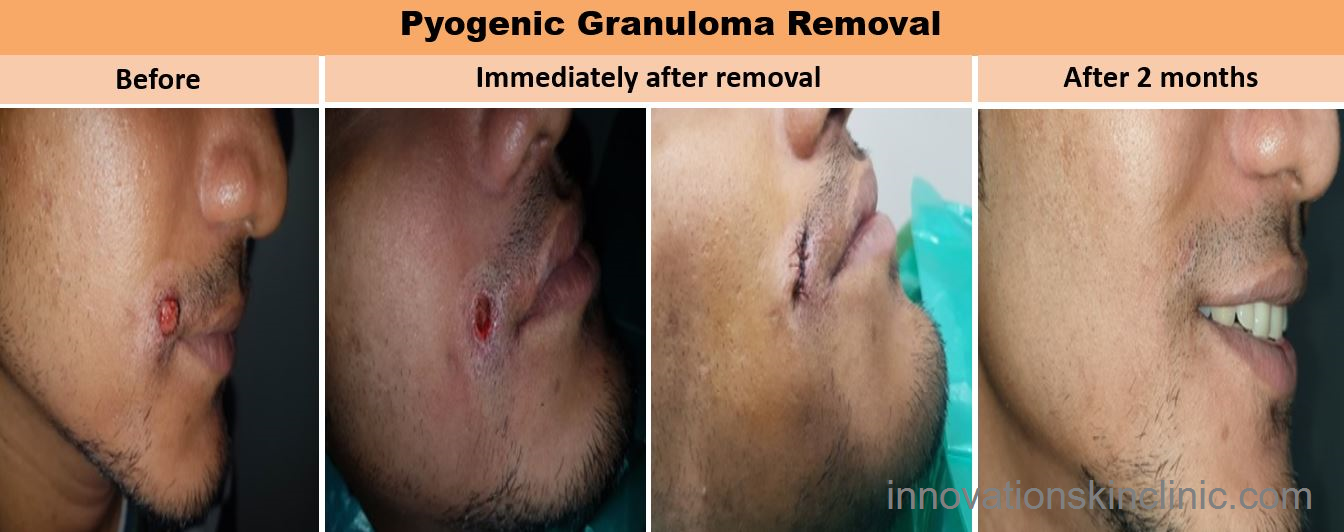
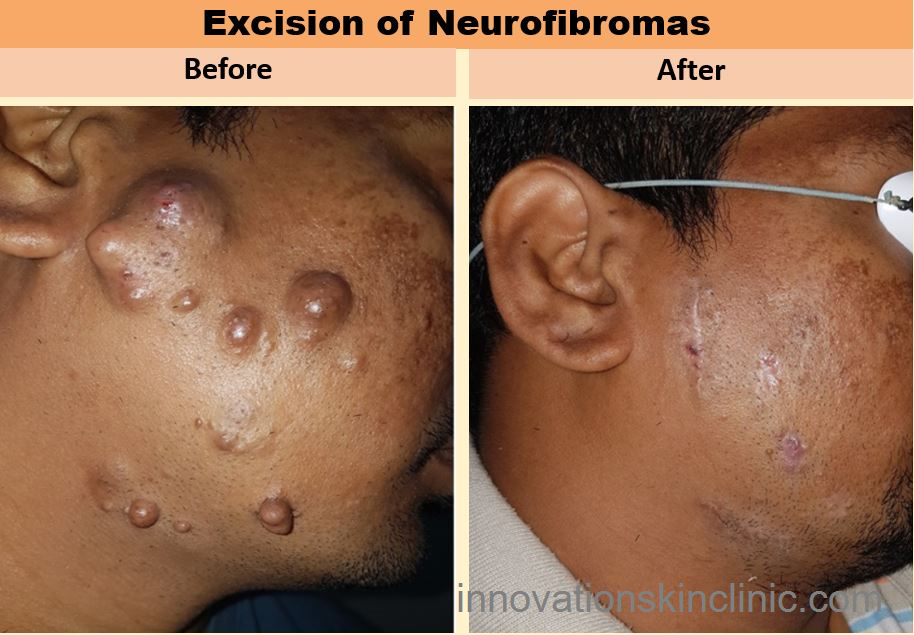
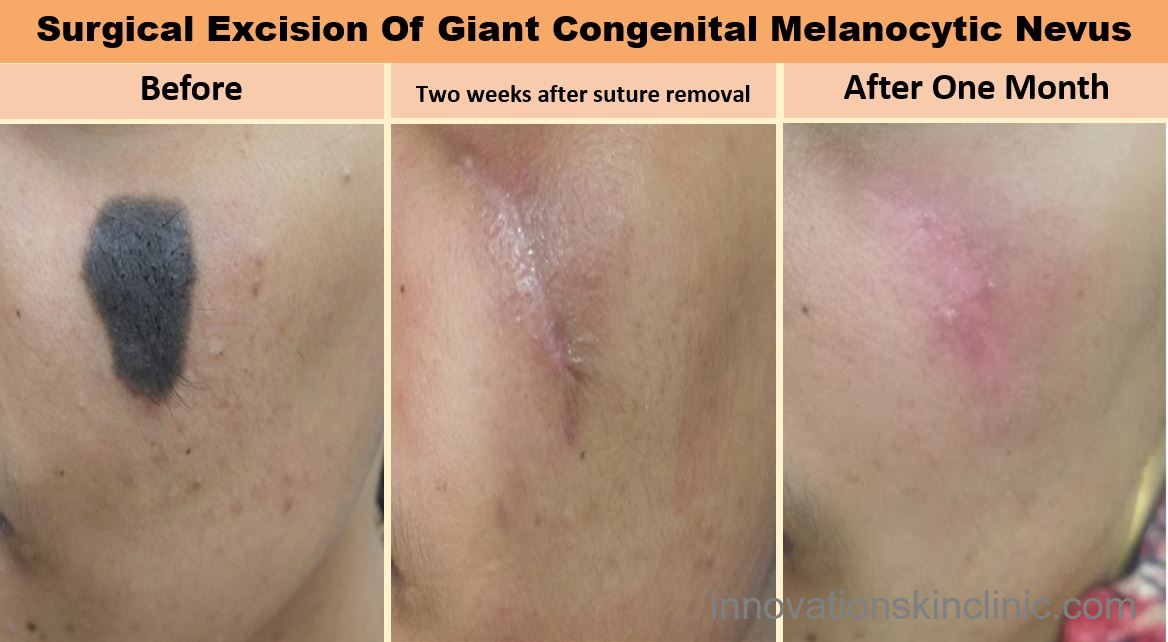
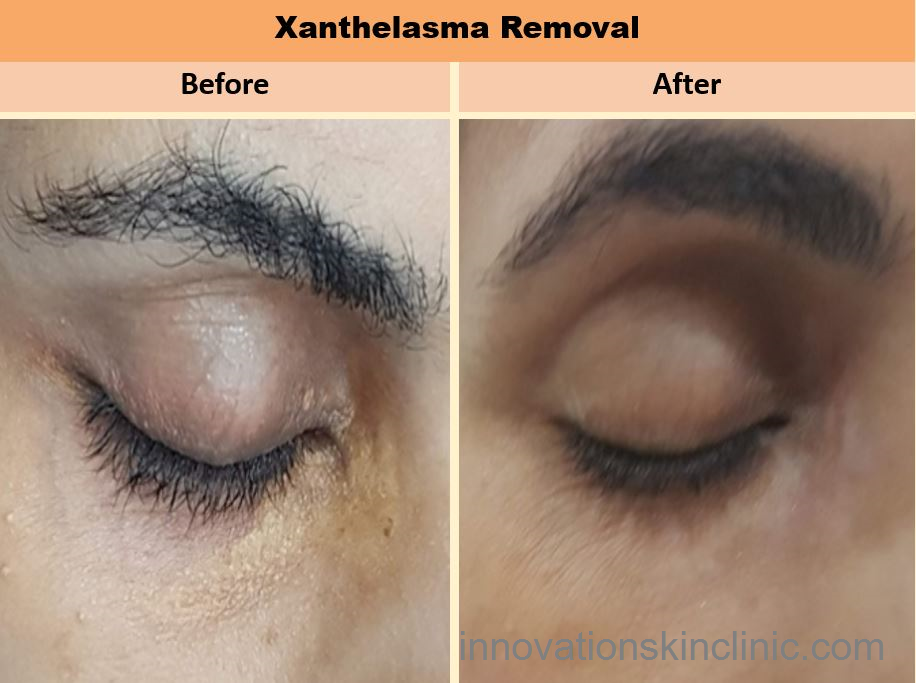
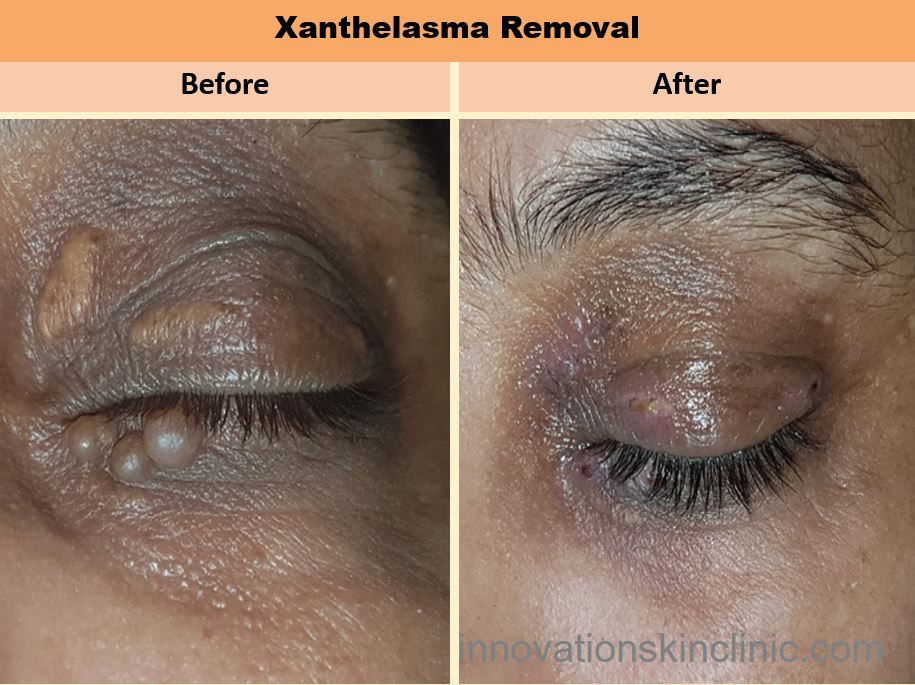
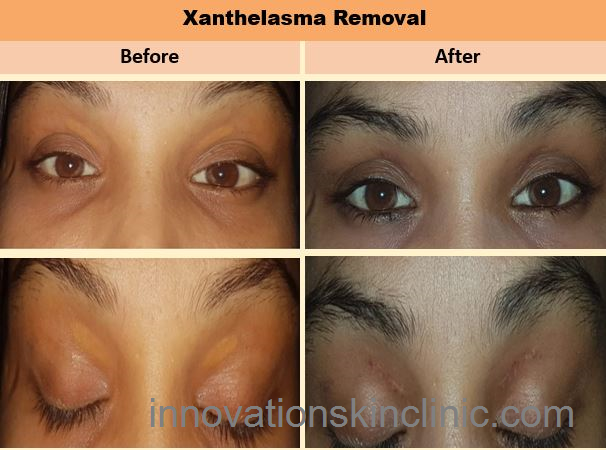
Botox injections reduces the appearance of facial wrinkles.They also used treat conditions such as neck spasms (cervical dystonia) & excessive sweating (hyperhidrosis)
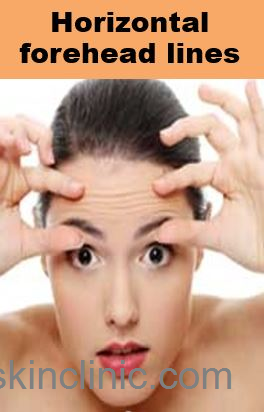
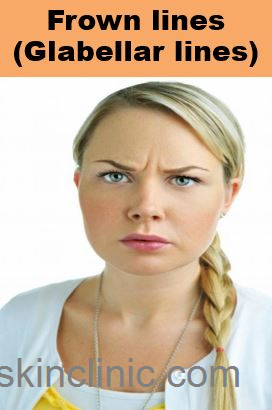
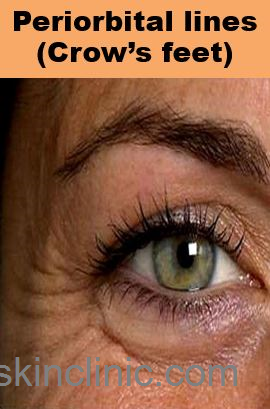
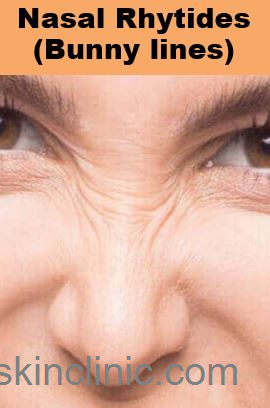
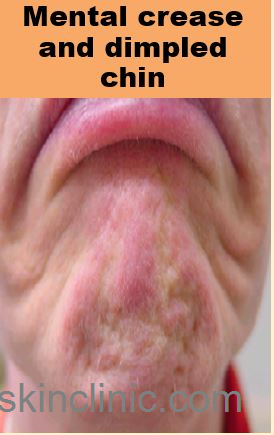
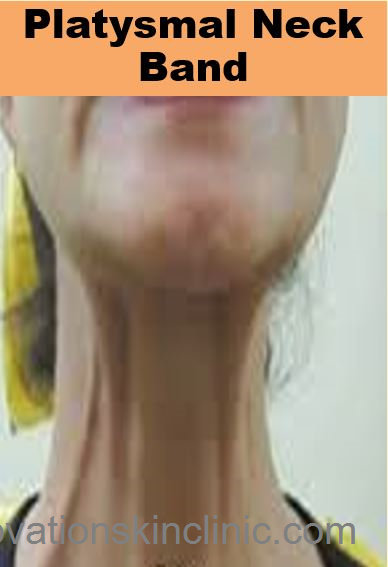


Microneedling Radiofrequency and Sublative RF are also helpful not only in the tightening of skin but also improves skin texture, scars and pores on the skin.
Hair transplantation (HT) is a surgical modality for the treatment of male and female pattern hair loss, selected cases of scarring alopecia, hair loss due to trauma and some forms of inflammatory hair disorders.
Patients with loss of hair on eyebrows, eyelashes or beard area can undergo hair transplant. This procedure is performed under local anaesthesia where hair follicles from the occipital scalp are harvested and then planted on to the bald areas of the scalp.
There are two techniques of harvesting the follicles from the occipital scalp.
1. Follicular unit transplantation (FUT), a strip is harvested from the occipital scalp
2. Follicular unit extraction (FUE) in this method individual follicular units are harvested
FUE is preferred over FUT as increased number of grafts are harvestable, bleeding during and after procedure is less, postoperative pain and healing time is less, cosmetic results are excellent in the donor area with no visible scarring.
Patients are advised routine blood investigations prior to surgery. Preoperatively patients are advised to stop minoxidil 2 weeks prior to the procedure as it may increase bleeding, avoid alcohol 2 days before and after the procedure, avoiding smoking, NSAIDs at least 7 days prior to the surgery as these may increase bleeding.
Surgery may require around 4-12 hours.
Postoperatively antibiotics and analgesics are given.
Complications are minimal when performed by a skilled surgical team. Common complications include mild swelling over forehead which usually subsides in 3-4 days and managed with ice compresses. Crusts formed on grafts will shed in approximately 2-3 weeks.
Other rare complications include infection, keloid formation, sterile pustules during 2nd month, delayed hair growth, persistent pain at donor site, telogen effluvium, epidermal cyst and ingrown hair.
The grafted hair will start to grow by 2-4 months of procedure and final result is visible after almost 1 year of surgery. Results vary from person to person and also depends upon the associated illness and expertise of surgeon.
Hair Transplant is an effective, safe, and reliable way for patients distressed by androgenetic alopecia to regain a more youthful and natural appearance of their hair.
Scalp micropigmentation (SMP) is a non-surgical treatment done by depositing pigment into the dermal layer (papillary dermis) of the scalp to produce natural appearance of hair.
The pigment (alcohol-based tattoo ink) is injected using a tattoo instrument containing fine needles to create the image of pores on a balding scalp (stippling pattern). A skilled practitioner will work to ensure the dots look like a natural hair follicle and blend in seamlessly with your complexion.
SMP is a useful camouflaging tool for both male and female patients with all types of alopecia including scarring and non scarring alopecias, patients unresponsive to minoxidil, patients who do not qualify for hair transplantation, Neurosurgery scars and scars from head trauma, Chemotherapy patients, who do not grow back significant amounts of their hair after treatment and in patients whose hair transplants have failed to achieve the amount of fullness they expected.
Patients are advised to avoid taking aspirin, nonsteroidal anti-inflammatory drugs, vitamin E, Ginkgo biloba, and ginseng 1 week prior to the procedure.
The procedure can be performed with or without using local anaesthesia and the whole area is covered in first sitting and density is increased in subsequent sitting after every 2 weeks. However, there is some discomfort which largely depends on patient’s pain tolerance.
Each treatment typically takes between four and five hours. How many treatments needed will depend on the amount of scalp getting SMP.
Risks include infection and allergies to pigment. The excess pigment that is deposited on the surface of the skin is washed away off during the first hair wash at 48 hours after the procedure. Over a period of 8–10 months, there is slight fading of pigment that might warrant a repeat procedure to reinforce the camouflage.
Patients are advised to dye the hair black on a continuous basis if there are much gray hair. Patients are advised to avoid swimming, steam or sauna bath and sun exposure for one month of treatment.
Usually the life of pigments is 2-3 years but longevity of pigments largely depends on sun exposure and chlorine pool exposure. SMP requires little to no continued maintenance and carries no strict lifestyle restriction.
Hair fall is not a disease but is a sign and symptom of many hair, skin and systemic (internal) diseases. Common hair problems include
- Diffuse hair loss (Telogen effluvium)
- Baldness or thinning of hairs (Androgenetic Alopecia)
- Patchy hair loss (Alopecia areata)
- Dandruff
- Grey hairs
- Scarring alopecia
- Hair Shaft abnormalities & Genetic Diseases
Severity of these hair diseases can vary. Hence early diagnosis and treatment prevents reduction in hair density and progression of the disease.
Diagnosis of hair disease can be done by history, clinical examination. Trichoscopy, Trichogram and Scalp biopsy (as per the requirement).
Treatment consist of medicines (oral and local application),
Procedures:
- Platelet Rich Plasma Therapy:
- Microneedling
- Hair Transplantation:
- Scalp Micropigmentation
- Microblading for eyebrows
Platelet-rich plasma (PRP) is an emerging modality of treatment with remarkable effects without any adverse effects. PRP is an autologous concentration of platelets in a fraction of plasma. Platelets are the source for growth factors and this is the theoretical basis for its use in alopecia as well as other dermatologic conditions.
PRP is an autologous concentration of platelets in a volume of plasma prepared from patient’s own blood. The desired platelet concentration is 4 to 5 times above the baseline platelet count which is 200,000 cells/uL. Earlier PRP was used extensively in dentistry, orthopedic, and plastic surgery to prevent infection and enhance wound healing. Recently, interest in PRP in dermatologic and aesthetic indications has emerged.
Mechanism of action :
- PRP releases growth factors and also stimulates molecular signaling pathways.
- It increases phosphorylation of extracellular signal-regulated kinases and PI3-kinase/Akt signaling pathways that promote hair growth and prevent apoptosis.
- Main growth factors involved in the establishment of the hair follicle are platelet-derived growth factor, vascular endothelial growth factor, epidermal growth factor, transforming growth factor-ß (TGF ß1 and ß2), insulin 1-like growth factor, and fibroblast growth factor.
The procedure is safe and to date there are no side effects reported. There is rare possibility of transmission of infection if done under strict aseptic precautions. Pain during therapy is a limitation.
Microneedling is a minimally invasive dermatological procedure in which fine needles are rolled over the scalp skin to puncture the stratum corneum. This therapy is used to induce collagen formation, neovascularization and growth factor production of treated areas.
It is a novel and safe tool in the treatment of androgenetic alopecia which induces hair regrowth by the following:
- Release of platelet-derived growth factor and epidermal growth factors are increased through platelet activation and skin wound regeneration mechanism
- Activation of stem cells in the hair bulge area under wound healing conditions which is caused by a Dermaroller
- Overexpression of hair growth-related genes, vascular endothelial growth factor
It helps in faster hair re-growth with more improved texture of the hairs when combined with the medical treatment. The treatment is usually well tolerated minimal pain or discomfort during procedure and minimal redness immediately after procedure are the common effects.
Multiple treatment sessions are required for few months for the improvement. If required maintenance treatments may be performed after completion of treatment. The results will vary from person to person. The total number of treatment sessions may vary among individuals. Exact number of sessions cannot be predicted and entirely depends on patient improvement.











